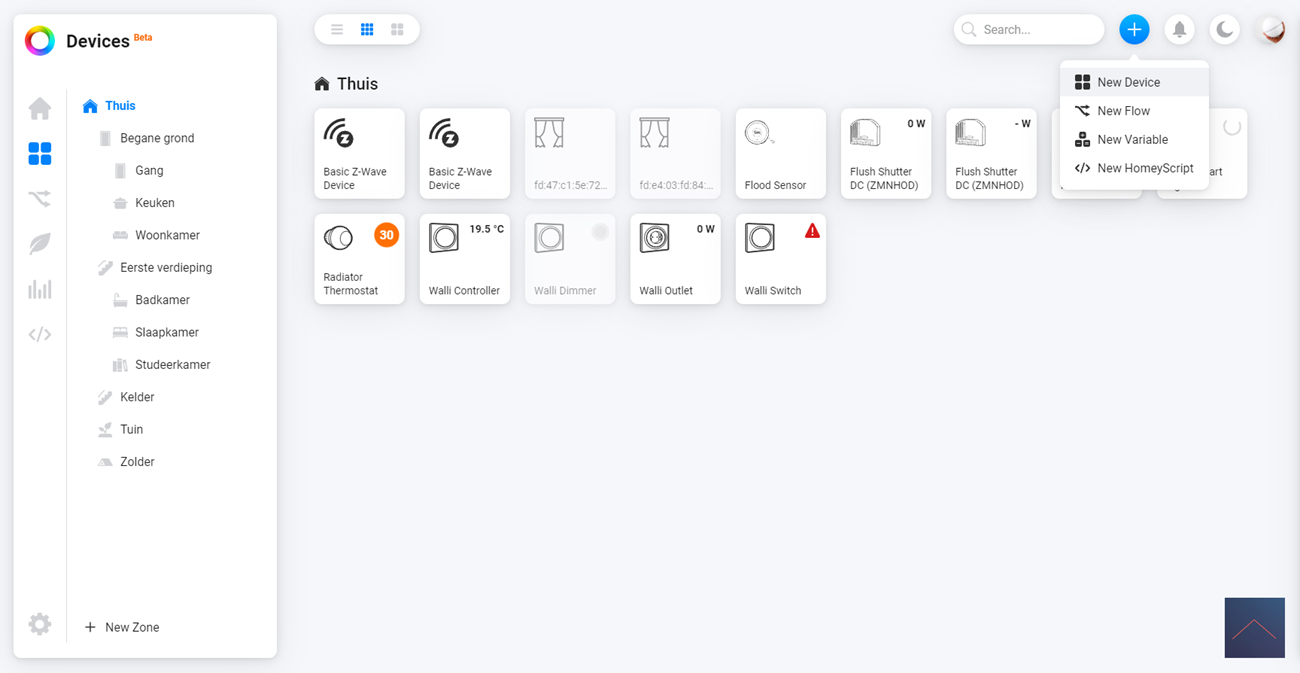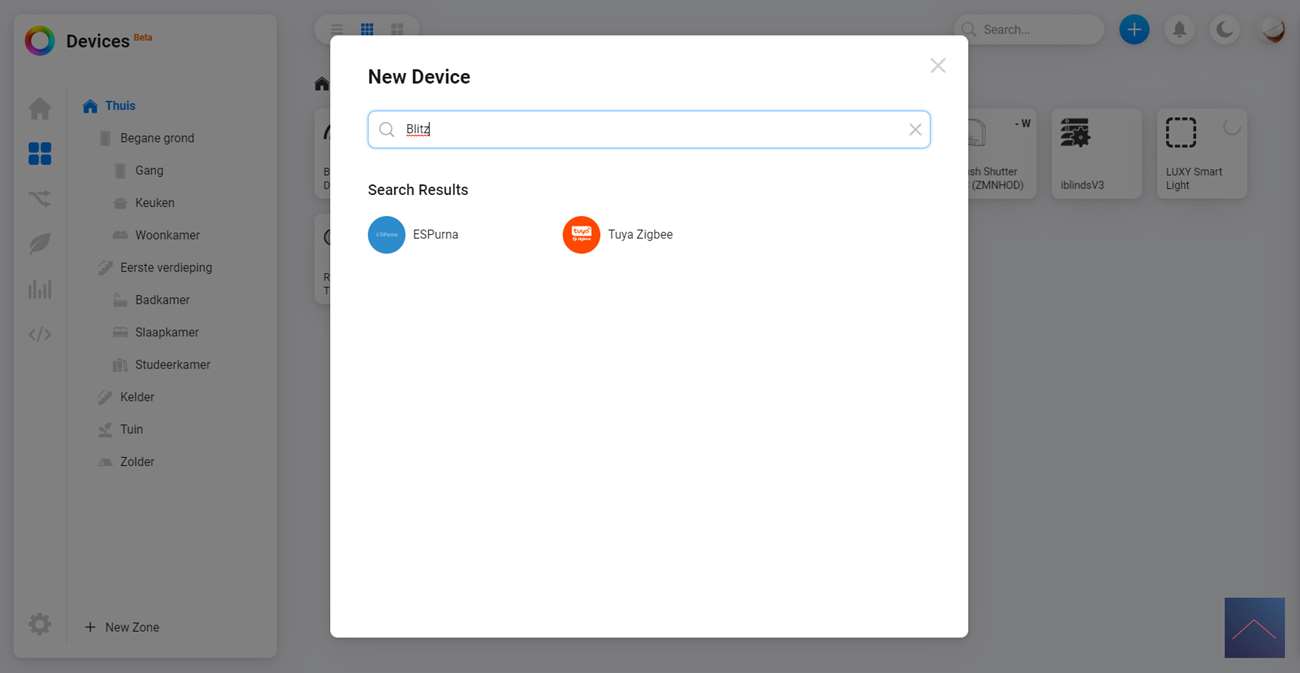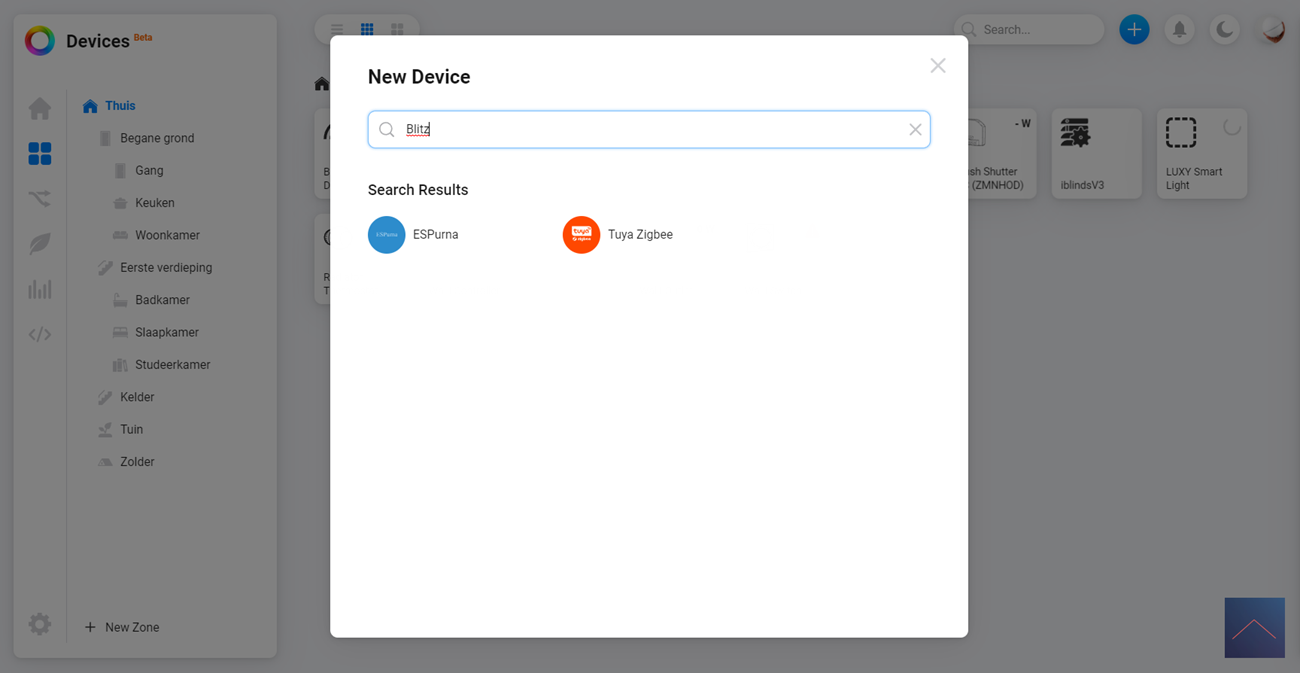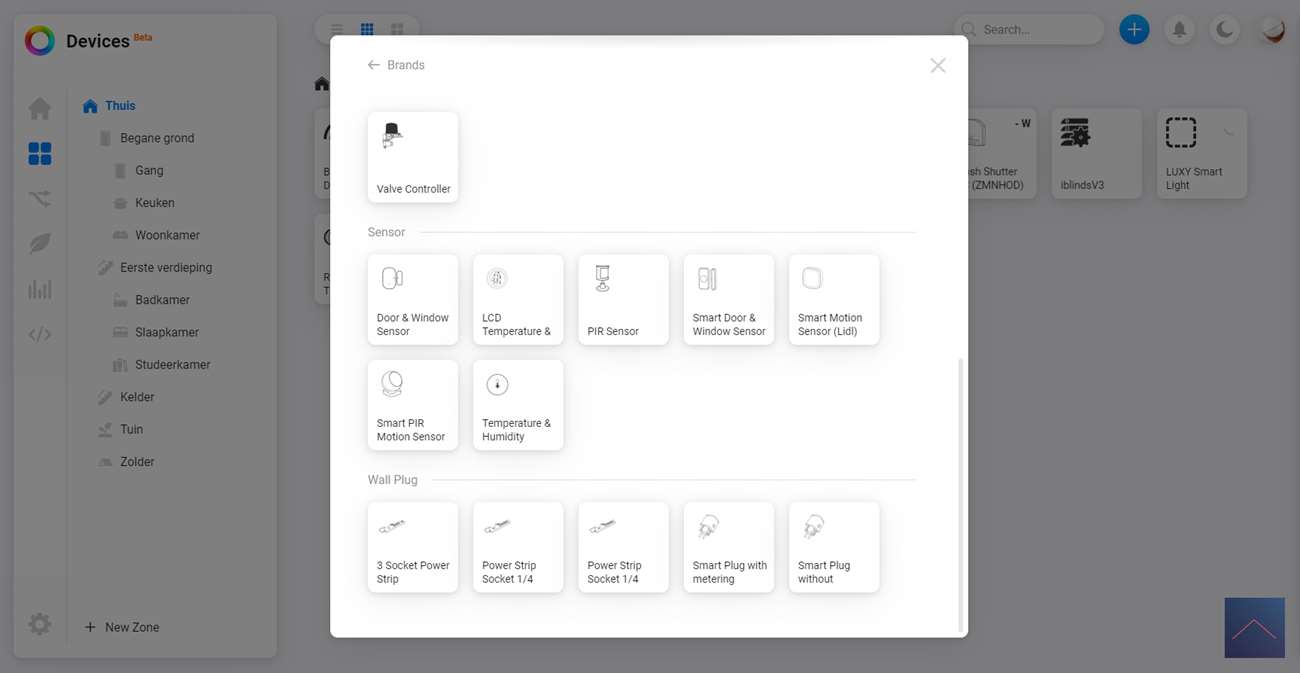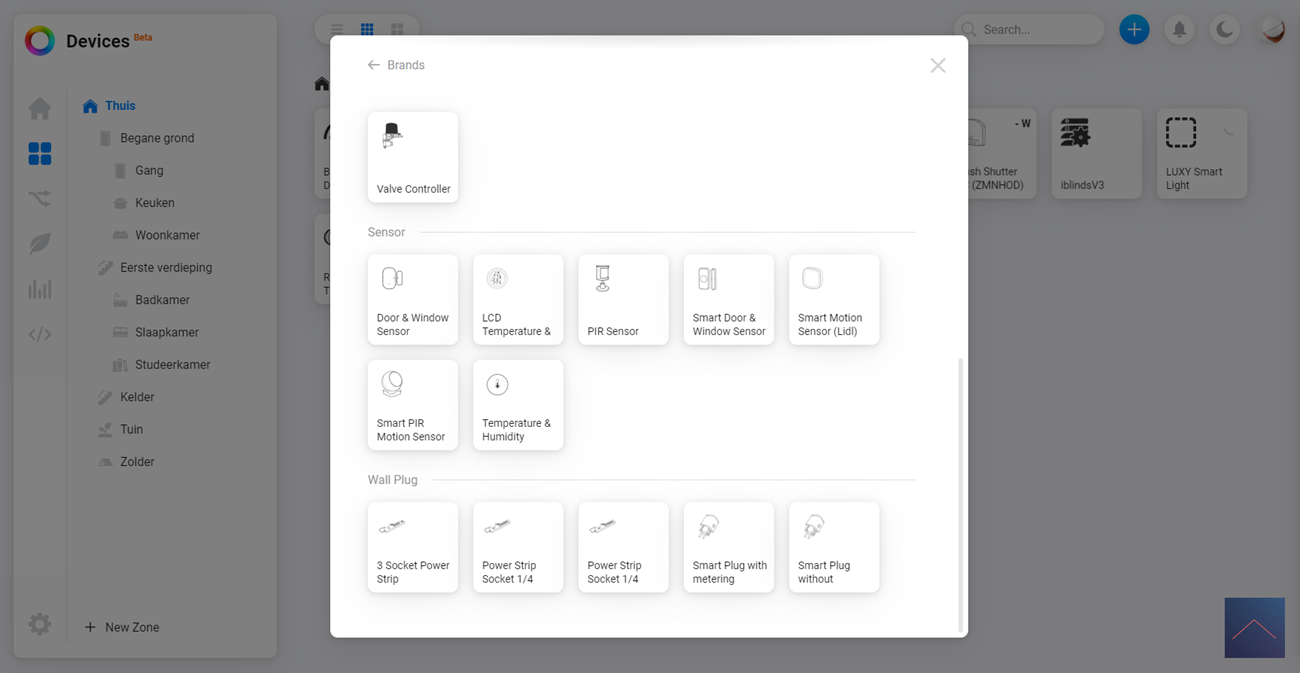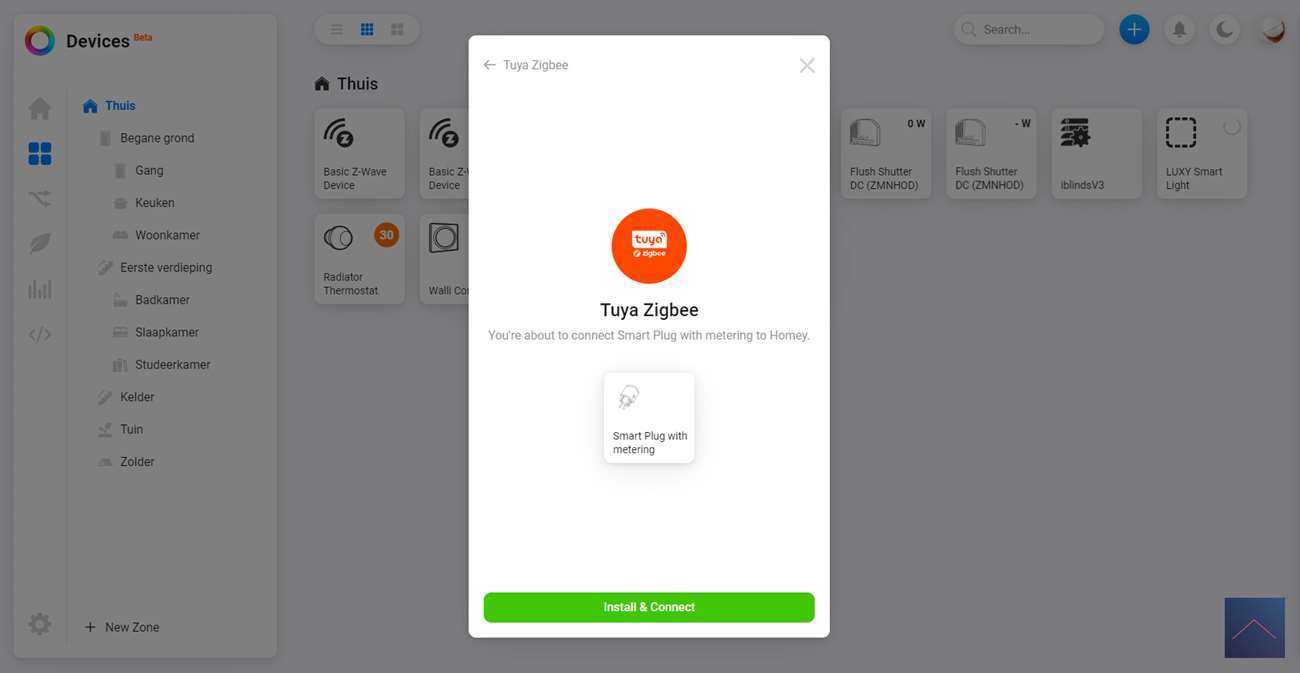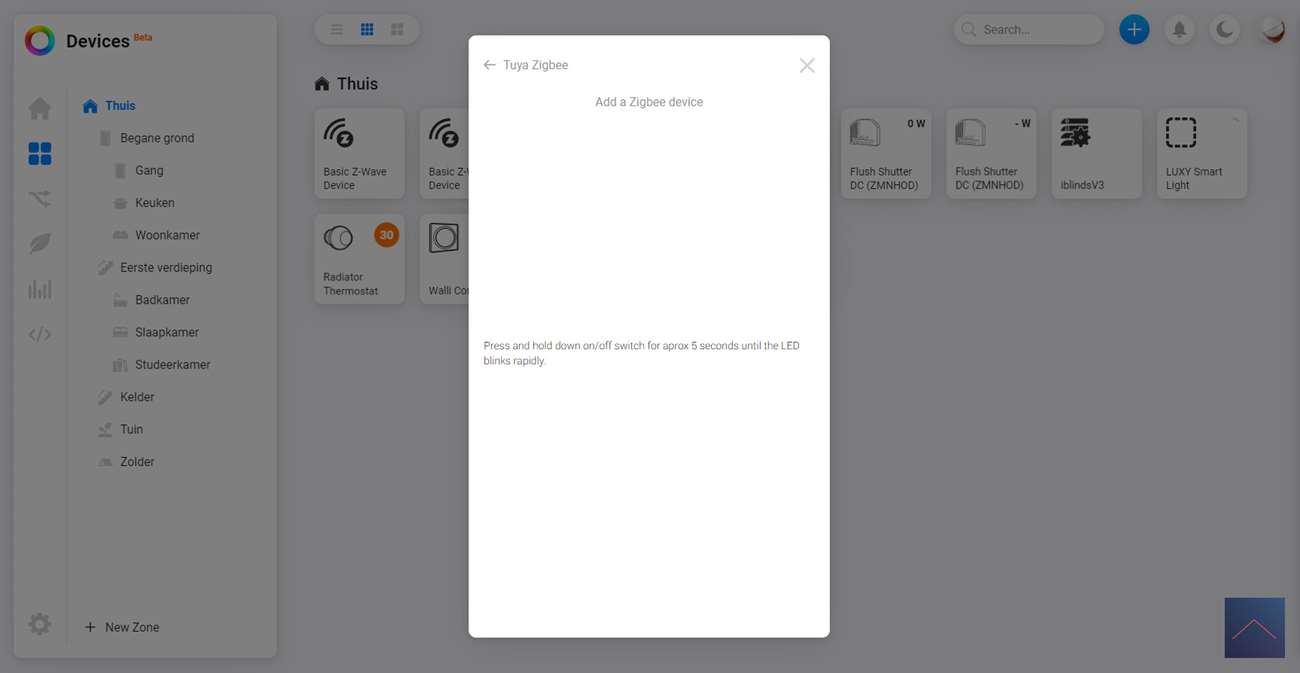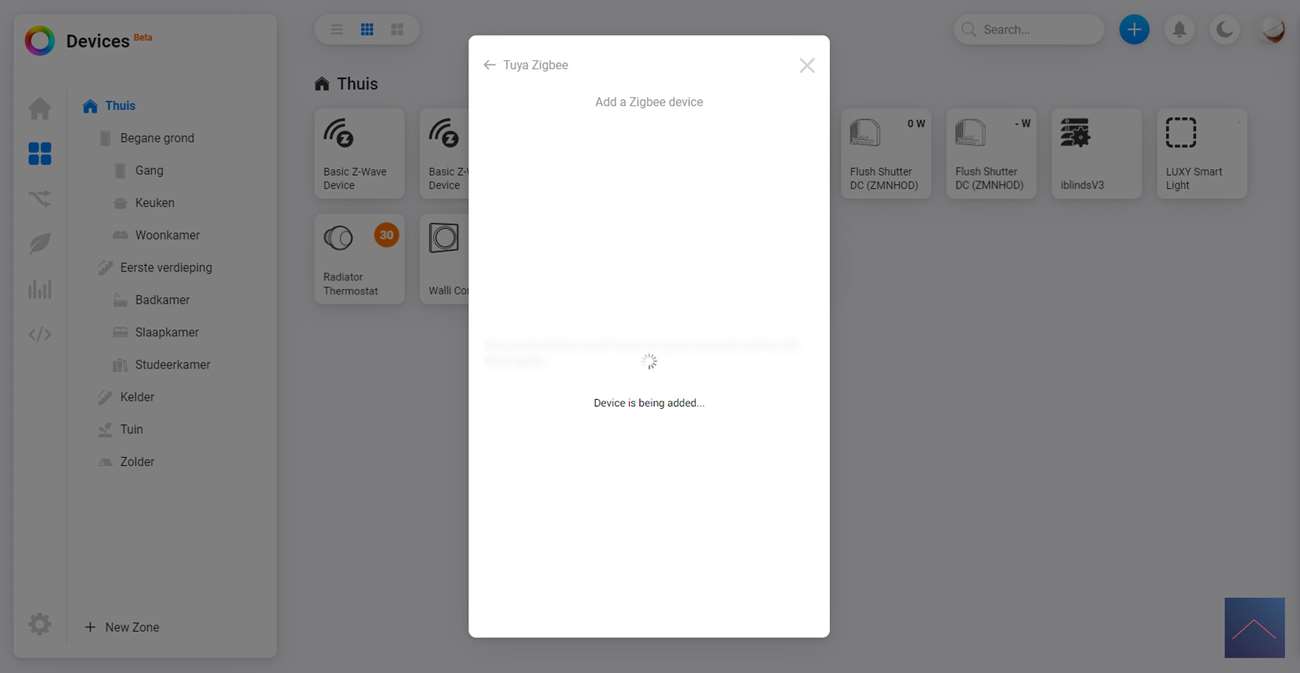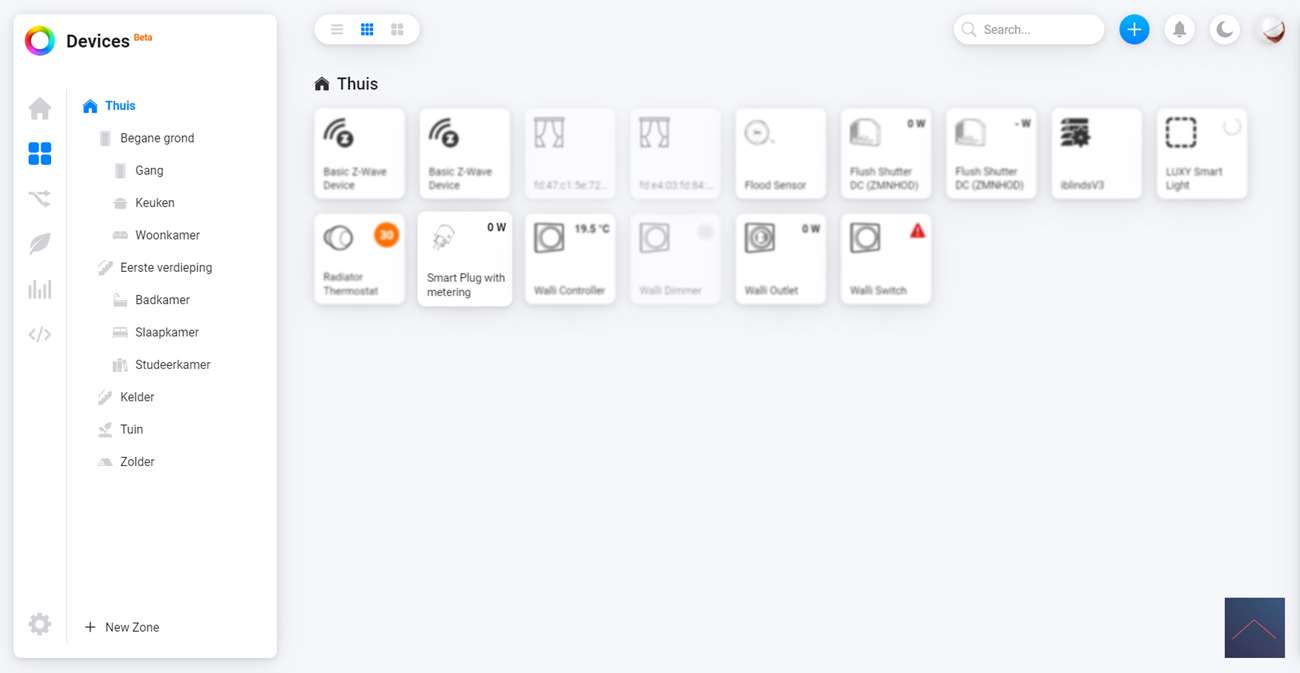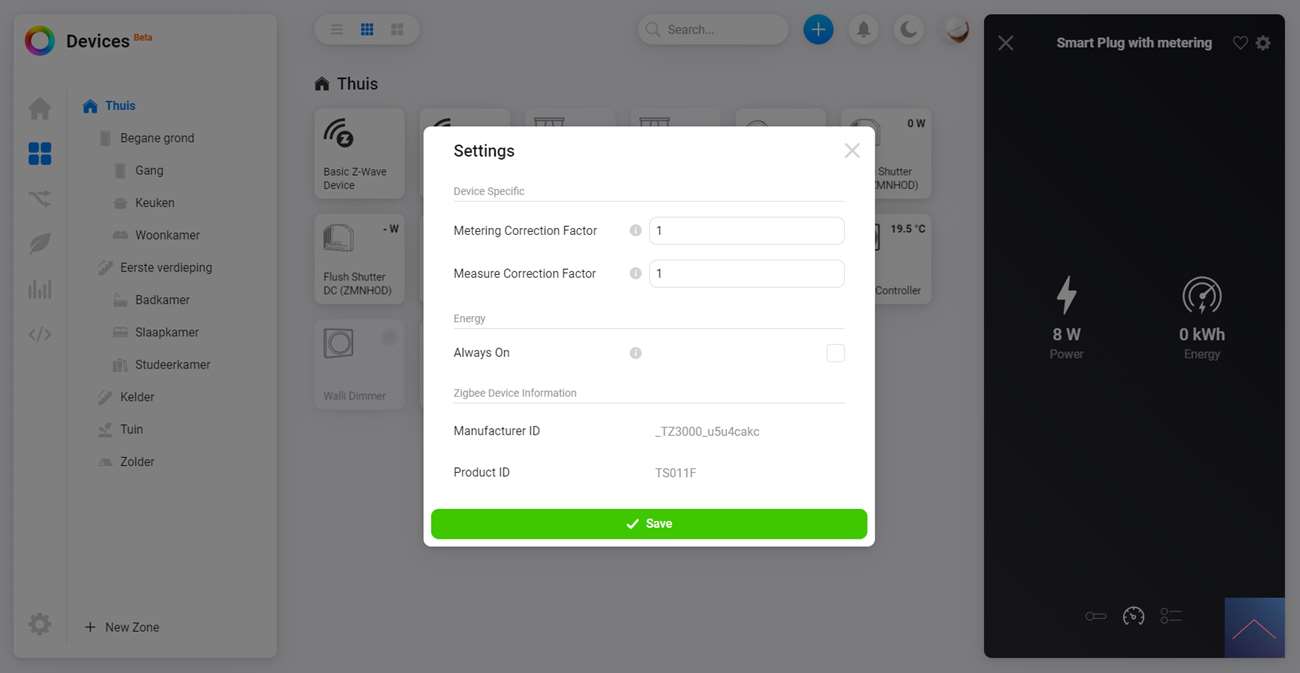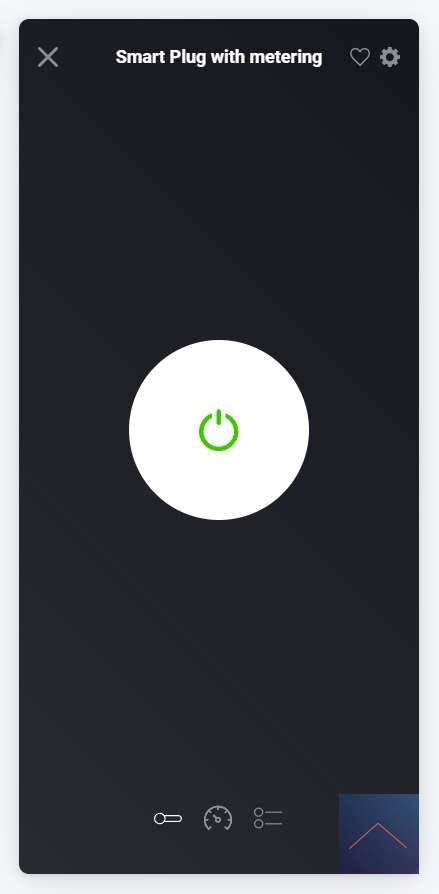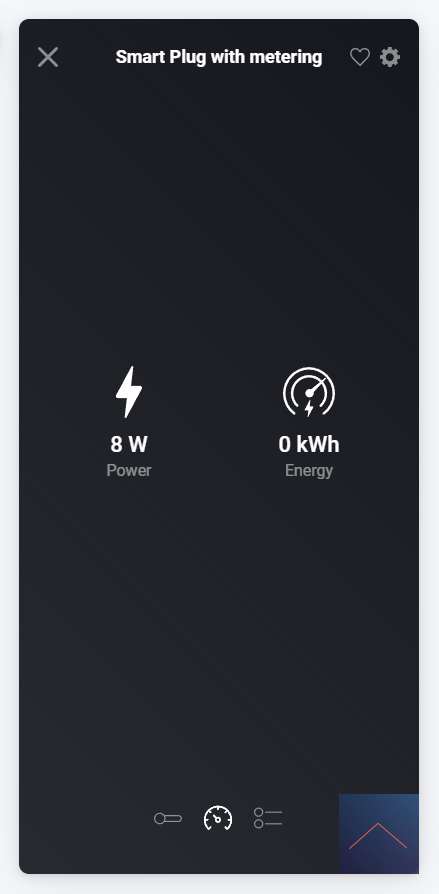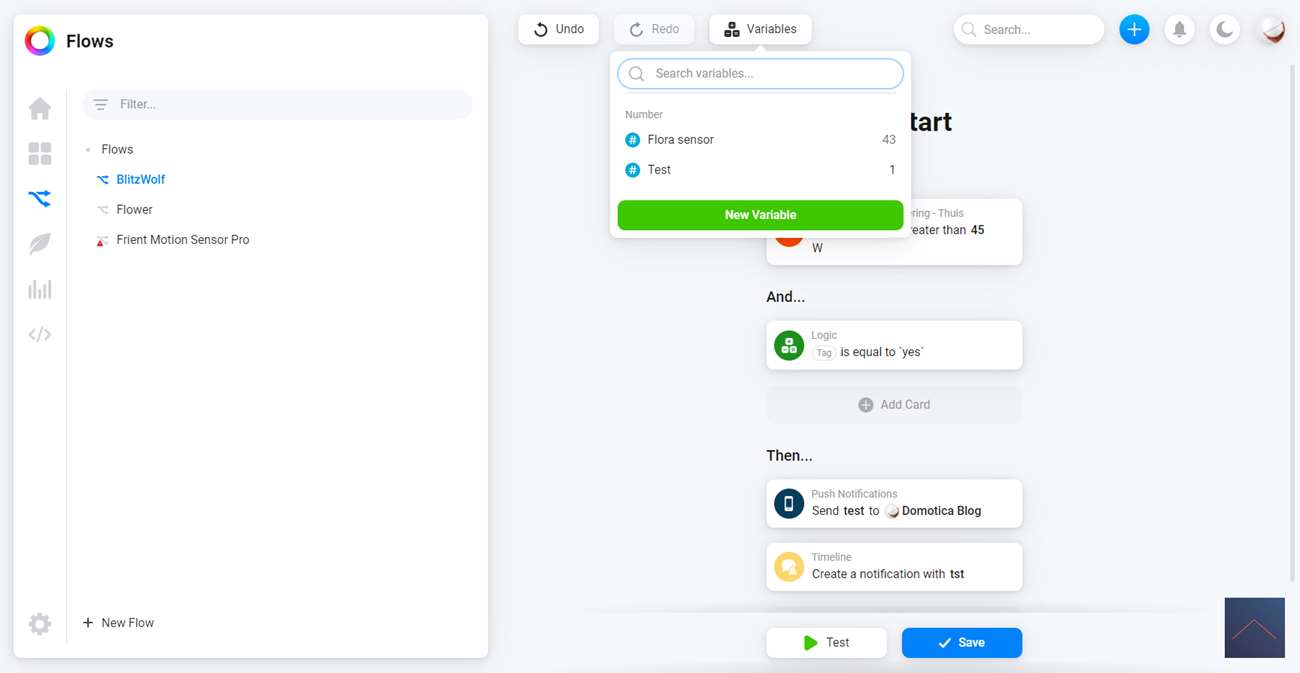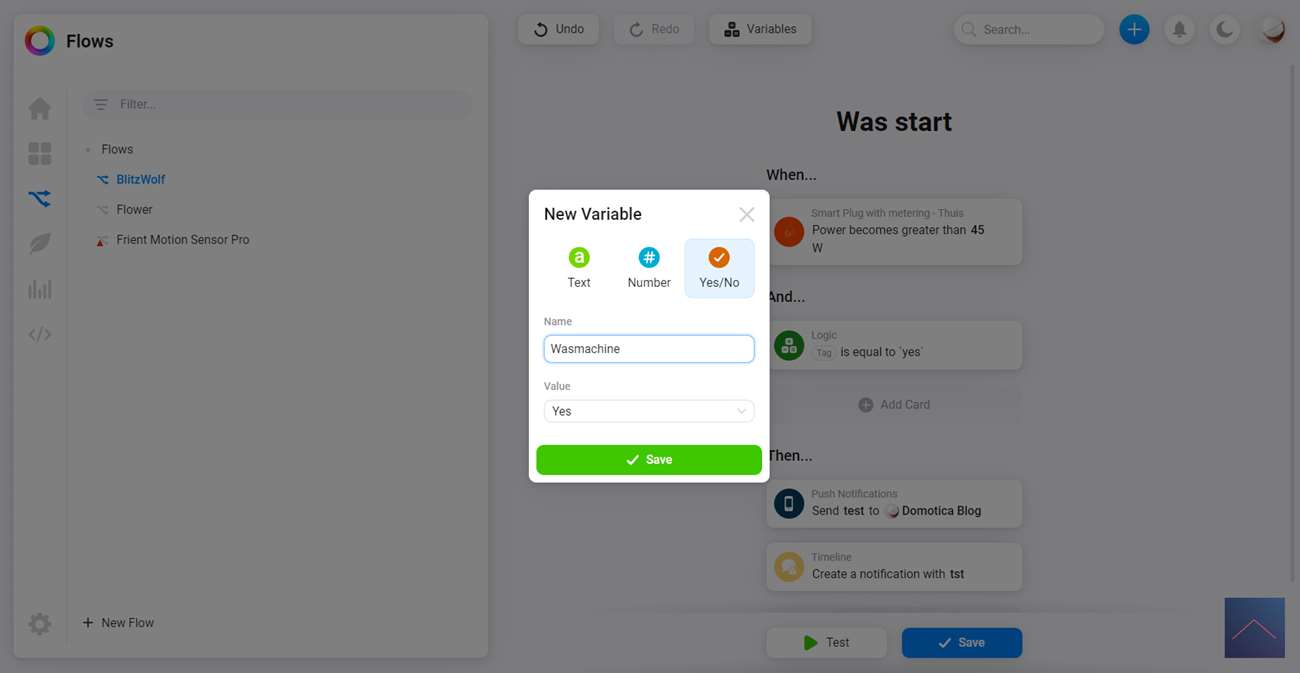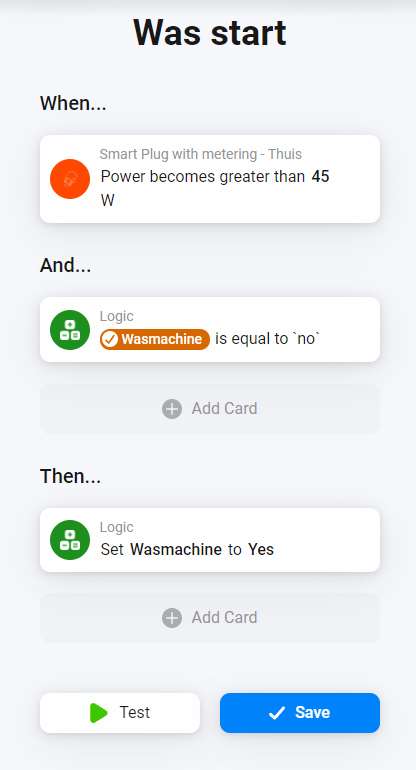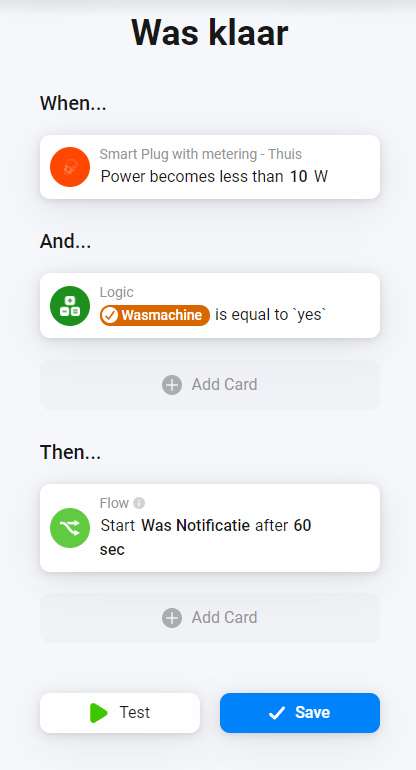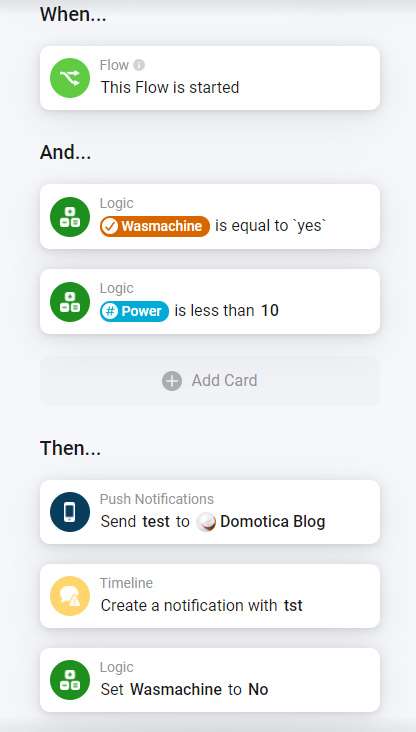Review:
BlitzWolf Smart Socket BW-SHP15

Installation on the Homey:
The first controller that we will connect the BlitzWolf to is the Homey. The Homey has a Zigbee chip built in so pairing shouldn't cause too many problems. We start by logging in through the web interface and going to our devices. We then click on the plus sign and press 'add new device'. Now we look up the BlitzWolf, you see that there are results, but the BlitzWolf brand does not come up. This is because there is no separate APP but you can use the Tuya Zigbee APP. We select this and look for the plug (with meter).
Now we have to put the plug in learning mode by holding the button on the side for 5 seconds until the LED starts flashing purple/red. After a while we get a message that the plug cannot be found. After 1 more try, he added it as a "generic device". So it is not possible to add the plugin.
After some googling I find out that there is also a Beta (https://homey.app/en-gb/app/com.tuya.zigbee/Tuya-Zigbee/test/) of this APP. So we try this one and then the plugin is added successfully. happy times.
Installation screens:
Configuration:
Operation:
You get an on/off switch and you can view your total consumption and current consumption. If you manually turn the plug on/off, this will also be updated in the APP.
Flow options:
To create a flow, you get the following options:
IF:
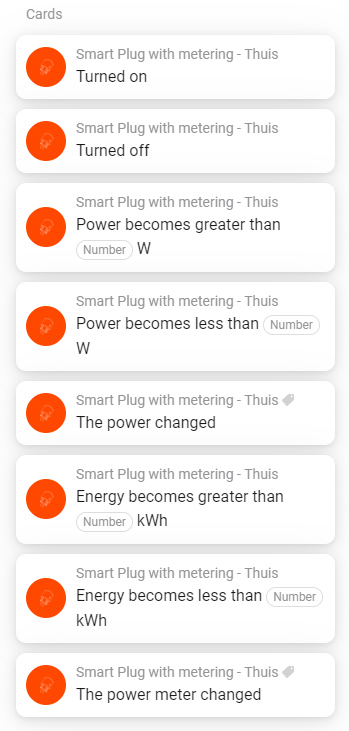
AND:
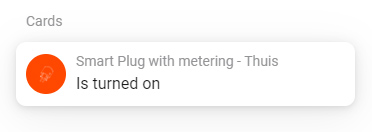
THAN:
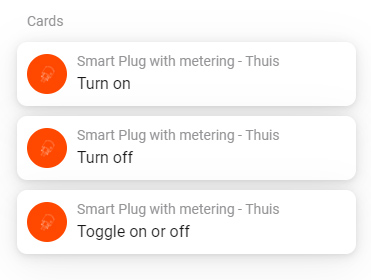
Flow example:
You can of course come up with different applications for this plug. From simple switching on and off to keeping track of the energy of a device. We will create a flow of this last variant in which we want to receive a notification when the washing machine is ready.
For this we create 3 flows:
Flow 1 (Start):
By looking at the energy consumption, we know that the washing machine has started. So this is also our trigger. With the EN we check a variable (you can create this at the top) to prevent this line from running continuously.
IF:
Flow 2 (done):
In the next flow we check whether the energy consumption falls below a certain value. If this is the case, then the laundry is probably done. At the EN we check again for the variables to see if the washing machine had really started.
With the ALS we start the flow of the notification, to avoid getting false notifications, we only start it after 60 seconds. We are going to check again in the last flow whether the washing machine is really ready.
Flow 3 (notification):
With the trigger we use the card "flow has started" to start it. Then we check the variables and the energy consumption again. If this is all correct, we will send a notification that the laundry is ready.



